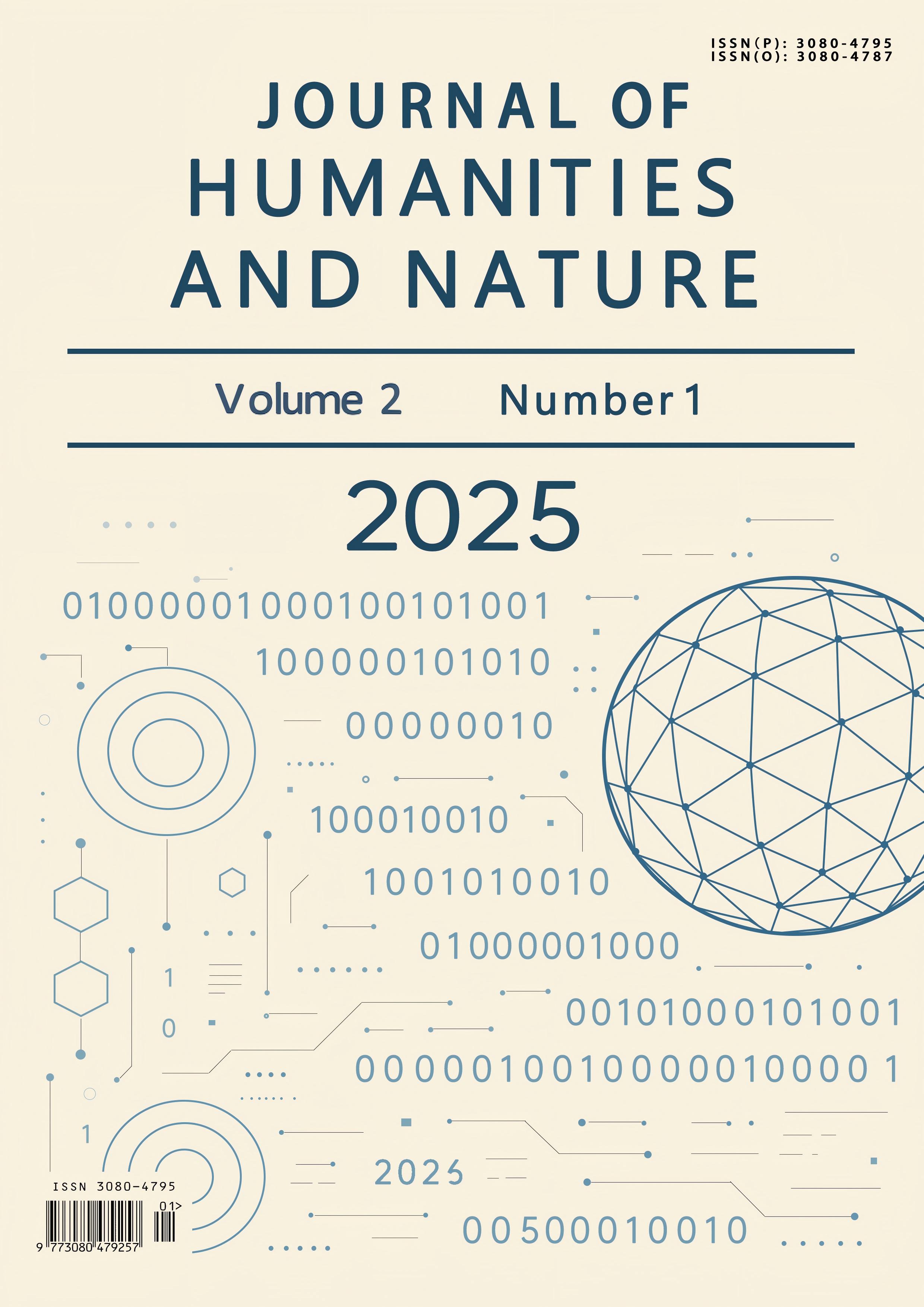Actuarial Pricing of UAV Insurance for Thin Data Scenarios
DOI:
https://doi.org/10.64051/jhn.v1i2.47Keywords:
Mixed Data, Rate-Making Model, Drone InsuranceAbstract
Driven by both market demand and policies, the drone insurance industry is facing new development opportunities. This study focuses on exploring an innovative hybrid data integration method, which uses public datasets of drones and small manned aircraft for hybrid data integration and severity scaling, and conducts simulation tests to ensure the reproducibility of the method. A two-part hybrid model approach is adopted to separate the frequency model from the severity model, and a hierarchical modeling method is used for each part to deal with the occurrence of extreme losses. Monte Carlo simulation is performed on the fused data to calculate the net premium. Innovatively, a no-claim discount system is introduced, and the impact of operators' behaviors on claim frequency is quantified, with comprehensive consideration given to the inclusion and quantification of risk factors. The application of Tweedie GLM in total loss modeling is constructed and analyzed, and the advantages and disadvantages of different modeling methods are compared, aiming to provide more comprehensive decision-making basis for insurance companies. This report is intended to construct and evaluate a robust actuarial rate-making model for the rapidly developing drone insurance market, and to develop more accurate, fair and market-competitive drone insurance products.
References
[1] Bühlmann H. Experience Rating and Credibility[M]. Springer, 1970:89-121.
[2] Klugman S. A.,Panjer H. H., Willmot, G. E. Loss Models: From Data to Decisions[M]. John Wiley & Sons, 2008:205-237.
[3] Frees E. W. Regression Modeling with Actuarial and Financial Applications[M]. Cambridge University Press, 2010:156-178.
[4] Meng Shengwang. Actuarial Science[M]. Chinese Minmin University Press, 2013:112-135.
[5] Xie Y.T., Li M., Zhang H. Research on Catastrophe Insurance Rate Making Based on Monte Carlo Simulation[J]. Statistical and Information Forum, 2016, 31(5): 39-45.
[6] Zhang L.Z.,Wang H., Zhao Y. Monte Carlo Simulation and Machine Learning Integration of Engineering Insurance Rate Determination[J]. Insurance Research, 2020, (8): 65-78.
[7] McDonald J. B., Xie X. Modeling Automobile Insurance Claims Data Using Generalized Linear Models with Random Effects[J]. Journal of Applied Econometrics, 2006, 21(5): 603–625.
[8] Wang D.H., Zhang R.G. Joint Modeling of Auto Insurance Claim Frequency and Severity[J]. Insurance Research, 2011, (8): 95–101.
[9] Bae S., Choi J., Kim K. Insuring Unmanned Aerial Systems: A Risk Modeling and Pricing Framework[J]. Risk Management and Insurance Review, 2020, 23(1): 105–129.
[10] Davis A. R., Mikosch T. Extreme Value Theory for Space–Time Processes with Heavy - Tailed Distributions[J]. Stochastic Processes and their Applications, 2007, 118(4): 560-584.
[11] Wang Z. Research on Auto Insurance Rate - making Based on Double Hierarchical Generalized Linear Model[D]. Chongqing Technology and Business University, 2023:45-68.
[12] Xu L. Research on Agricultural Catastrophe Risk Assessment Model[D]. Chinese Academy of Agricultural Sciences, 2012:72-91.
[13] Sun W.W. Application of Generalized Additive Model Based on Tweedie Class Distribution in the Determination of Auto Insurance Rates[J]. Journal of Tianjin University of Commerce, 2014, 34(01): 60-67.
[14] Zhang L.Z., Xie H.Y. Research on the Application of Tweedie GLM Model in Auto Insurance Rate Determination [J]. Insurance Research, 2017, (01): 80-90.
[15] Huang S.L., Zhang Y., Chen N. Application of GPD Model in Property Insurance Rate - making: An Empirical Analysis [J]. Statistics and Decision Planning, 2010, (04): 27-29.

